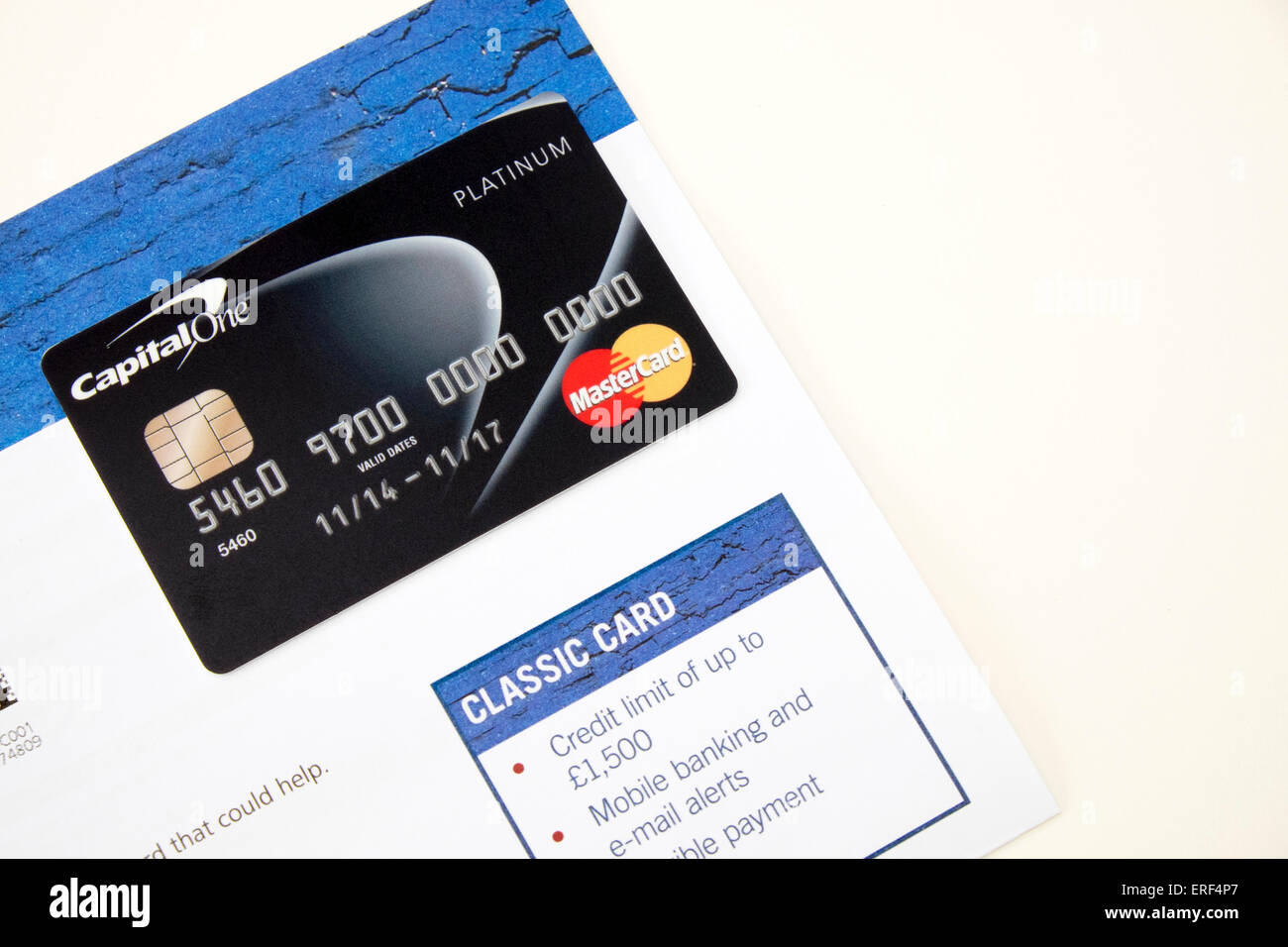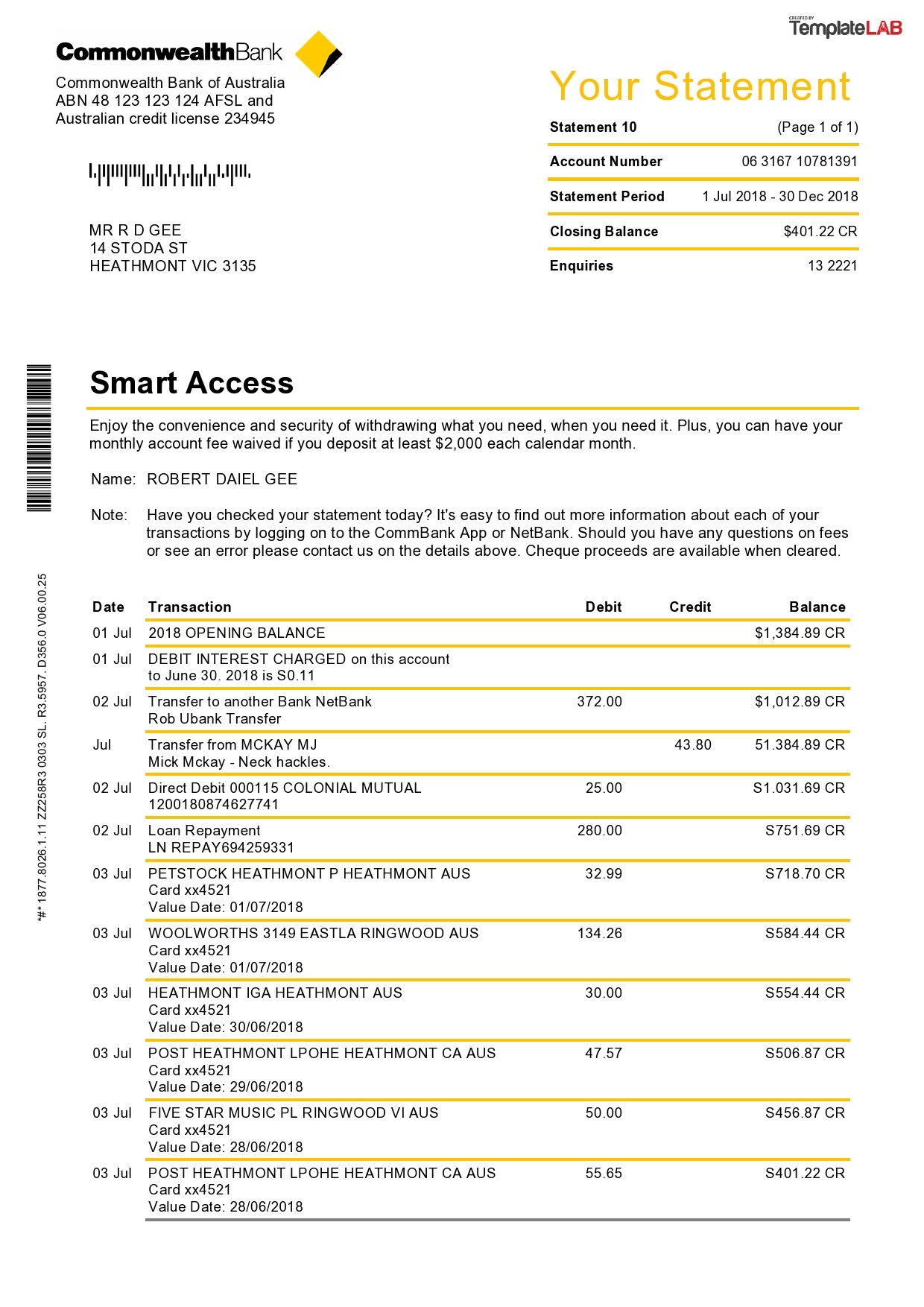
These include credit cards, checking and savings accounts, loans, and investment products. Value Proposition: Capital One’s value proposition centers around providing a diverse range of financial products and services tailored to different customer segments.

Their customer base includes credit card users, mortgage borrowers, auto loan borrowers, and commercial clients.

Capital One Business Model Canvas ExplainedĬapital One’s business model can be understood using the Business Model Canvas framework, which breaks down the key components of the organization into nine categories: Customer Segments, Value Proposition, Channels, Customer Relationships, Revenue Streams, Key Resources, Key Activities, Key Partnerships, and Cost Structure.Ĭustomer Segments: Capital One mainly targets retail customers, small to medium-sized businesses, and large corporations. Overall, the company’s multifaceted approach to financial services enables it to create multiple revenue streams and sustain robust growth. Furthermore, Capital One’s acquisitions in the areas of auto financing, retail banking, and digital services have contributed to increased profitability and revenue diversification. The company also provides deposit products, such as savings and checking accounts, where they make a profit from the difference between the interest they pay to depositors and the interest earned on loans and investments. They generate income from the interest paid by borrowers on these loans.

Additionally, Capital One has a strong banking division that offers consumer and commercial lending products, including mortgages, auto loans, and personal loans. As a prominent issuer of credit cards, they earn substantial income through interest charges on card balances and fees such as annual fees, late payment fees, and cash advance fees. How does Capital One make money?Ĭapital One, a diversified financial services company, generates its revenue from various sources. As a result, their mission reflects a forward-looking approach, focusing not just on short-term gains, but also bringing about long-term change in the financial landscape, ensuring transparency, simplicity, and human touch. Capital One strives to enable a better banking experience by leveraging technology, ensuring accessibility to financial services, and delivering top-notch customer service. The mission statement of Capital One is to “change banking for good.” This phrase conveys the company’s commitment to redefining how the financial industry works through customer-centric and innovative solutions. What is the mission statement of Capital One? Overall, the ownership of Capital One is widespread and diverse, reflecting the nature of publicly traded companies in general. Some of its major institutional investors include The Vanguard Group, BlackRock Inc., and other financial institutions. The ownership of Capital One is divided among institutional investors, individual shareholders, and insiders such as executives and board members. It was founded by Richard Fairbank and Nigel Morris in 1989, with Fairbank currently serving as its CEO. Capital One Business Review Who owns Capital One?Ĭapital One is a publicly traded company and, as such, is owned by numerous shareholders who hold its stock. Join us as we dissect the mechanics of Capital One’s success and gain valuable insights that can be applied in various business contexts.

This blog post will explore the intricacies of Capital One’s strategic approach to their business model, analyzing the methods and innovative practices that have positioned the company at the forefront of the financial sector. As we delve into the inner workings of Capital One, one of America’s most prominent banks, we begin to uncover the driving forces behind its accomplishments and industry leadership. In today’s rapidly evolving and fiercely competitive financial landscape, the business model of a company can play a vital role in determining its success and longevity.
CAPITOL ONE BUSINESS BANKING SOFTWARE


 0 kommentar(er)
0 kommentar(er)
